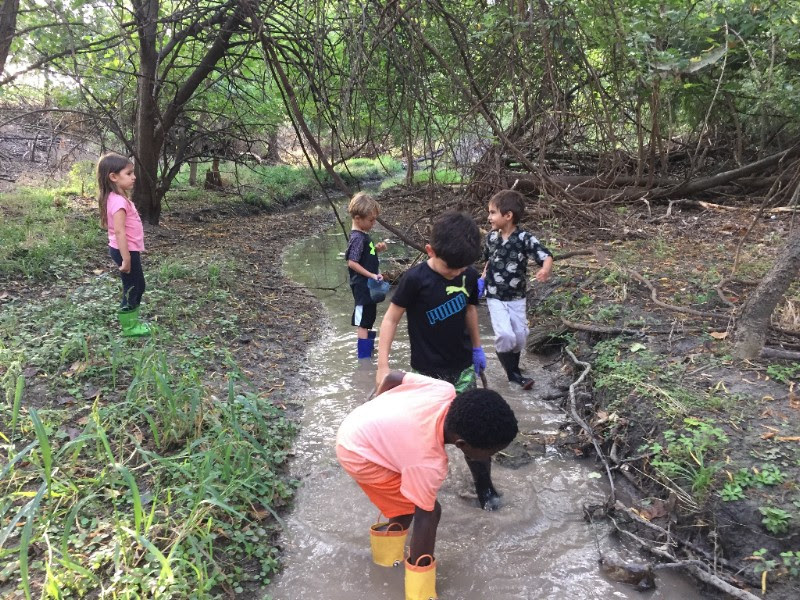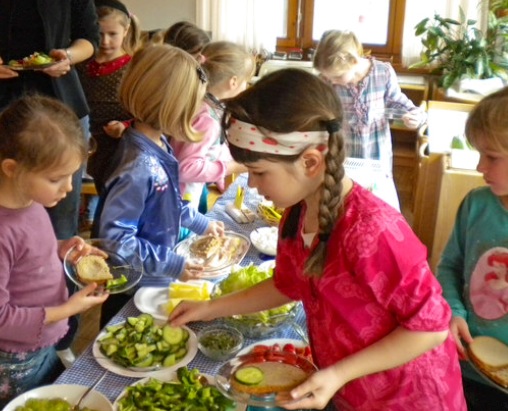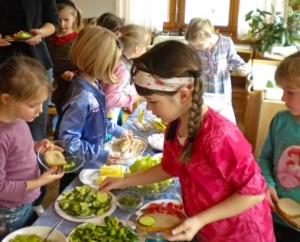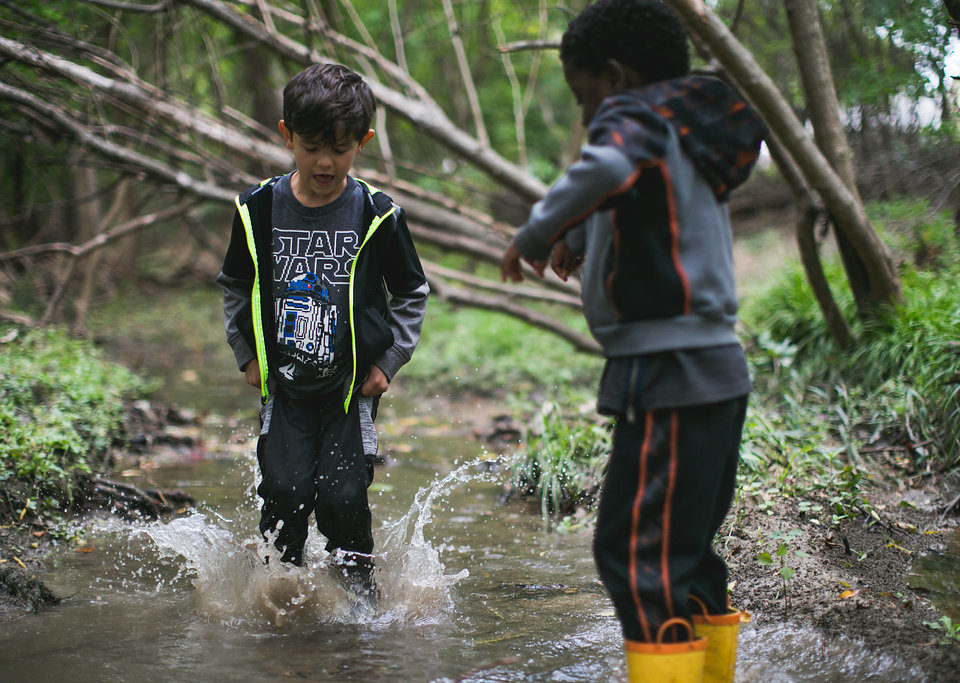
Weekly Owls Progress
September 24, 2017This has long been a topic around the Community Table. How to get our children to actually eat all the goodness we prepare? How do we model healthy eating? And, what happens with their eating habits once they leave our Culinary Classes?
We all hope to inspire our young children to eat more produce and whole foods. But then, life happens. Long hours at work. Little time to shop and once at the store, it’s hard to not grab the prepared meals, because let’s face it: it’s cheaper and more convenient, and it’s only going to be This. One. Time!
Here’s what we’ve learned and how we approach healthy eating:
• Children eat our palate of foods because their taste buds are not polluted with synthetic flavorings or sugar. And, for some they are upon entering our program, and it might take a few tries to get them to come around, but consistency (with most everything in life), is key. We are careful to not ‘take’ away all the familiar foods they love, and instead opt for healthier ingredients and ways to create those foods. We also make our children a big part of the cycle to healthier eating.
How so? We include. Let them be part of the gardening. Part of the shopping. Part of the prepping and slicing and dicing. Get them confident in the kitchen. Let them use knives.
Say what? Yes. We do encourage our families to let their children handle knives starting at age 3. A butter knife. Upon graduation to a carving knife. Then move on up. Parent welcome this (and luckily are the ones to supervise their Sprouts).
• Just because an infant spits out a food at your first attempt to give it to them does not mean that they don’t like it. It’s just different to them, so you reintroduce it time and time again until they accept it. Since babies learn a lot from facial expressions and voice tone, new foods should be introduced with a smile on your face and words of encouragement!
• We love choices, but we are a “one-meal” program: If there’s a student who does not like a particular food we are making for lunch, we will not make a separate lunch to their liking just for them. Instead, we will encourage to try, to pick from a variety of greens, nuts/seeds and other add-on’s to enrich their palate and meal. One does not fit all, and it’s tricky to go from fries to raw salads, but we transition slowly throughout the sessions: we encourage. we praise. we empower by letting them choose their favorite veggies to add, fruits to slice, etc.
• It’s more difficult to get a child who has been altered by having junk foods to switch to healthy foods, but it is doable with patience. We’ve made extensive use of children’s picture books that get the message across. Whenever possible, children should be allowed to help prepare the meals or do the juicing. They also always love to grow the food and eat it right from our small School garden.
• Nourish. Share. Repeat. The trick to changing children’s eating habits is not only to enforce it during our classes, but to dive into their community, their tribe, their homes. By launching our shared-harvest program, we thrive to model healthy eating to parents also. We share. We always invite them to learn about creating healthy meals. And when our children cook, we try to make a little extra so they can surprise their entire family (not just share with mom/dad during the lesson). And shared goodness always sparks new conversations around our Community table. Recipe sharing? Oh yes!
P.S.: If your young child has a play kitchen set, now is the time to throw out all the ‘garbage’ plastic foods that it typically comes with and replace them with toy fruits and veggies. How about some smoothie pop with that salad? Let’s get creative.



